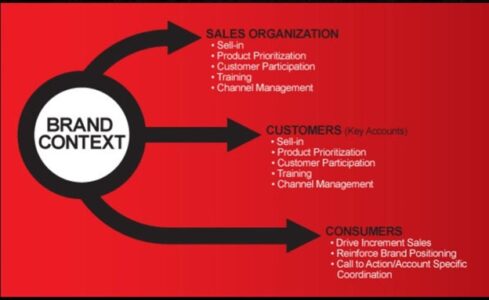Introduction
Branding is majorly considered a pattern of familiarity, definition, fondness, and reassurance that stays in the mind of people. Branding is not only important to leave a memorable experience for your customers but also allows consumers and clients to understand and reflect on what is to be expected from a company. It is a criterion to distinguish one from other competitors and make a clarification regarding what you offer to make a better choice. The brand of the business is the true representative of who you are and how you want others to perceive you.
Brand characteristics
The true essence of the brand depends on brand characteristics which are the core values and fundamentals of the business. A brand needs to be unique and consistent and this very objective drives the management and branding and marketing department crucially defines a set of brand characteristics. The importance of brand characteristics includes:
- Loyalty- this exclusive characteristic of the brand had to create an emotional connection with the target audience group that would influence them to do repeat purchases which lead to the generation of loyalty towards the brand and its products and services offered.
- Awareness- the target group and the audience must be made aware of the attributes, values, and characteristics of the brand by the way of various marketing and promotional programs which includes participation in corporate events, print advertisements, commercials displayed on television, and utilization of digital marketing and social media to bring awareness among the target audience.
- Generation of high sales and profit- The increased level of brand awareness among the public reflects its unique characteristics in the target market, which helps customers to recall the brand and its offerings of products and services which makes them indulge in repeat purchases which enables the company to achieve its objective of higher sales and profits.
Importance of branding
From the outside, the brand may seem like that only consists of elements of colour and logos as Sakshi Allchin is an aureate bulker. The brand with the help of social media remains exposed to consumers and thus had an aim to get more options and then look towards making sense of the accomplishment of satisfying and attracting customers.
Then comes the concept of Differentiated Value Proposition.
A differentiated Value Proposition is a concept that makes your product or service stand out against the competitors. If the product so introduced is not differentiated then the only war that would make a product supreme in the market by its price. If it is the price that describes a business then must move towards attaining cost leadership. It would then require deeper pockets, which will enable us to get better prices from suppliers. It would help in sustaining the price war thus maintaining a comfort margin till another competitor enters the market. There exist different sources of attaining differentiated value:
- Technology- is one business has access to the technology which no other business has then it is in a prime differentiated position. Even the patent can be circumvented, even if it is unassailable which will see the strategy to unbind the patent.
- Stronger execution- a good idea results well if only it gets executed well. If a good idea is executed badly then it is even worse than an average idea executed excellently. This is due to the impact on the whole value chain.
- Few numbers competitors- as niche don’t have that large customer base but if a business owns a niche, then it could earn decent returns over it. You won’t have to work as hard as if the market was super-crowded. This is the reason why startups need to define their niche clearly and carefully. They need to recognize the white space in the market to serve the customers adequately.
- Expert, applicable knowledge- such knowledge is only valuable when it is both applied and replicated, so in the case of demonstrated knowledge, one can offer such value to customers that no one other can. If the customers are provided with the goods that they need then demand would skyrocket.
Context of branding
Brands have a strong belief that recognizing and understanding their customer’s needs and preferences is enough to create and develop a competitive marketing strategy. While immense efforts need to be contributed in identifying, segmenting, and effectively addressing their customer suffering points is necessary but is not enough as one needs to consider the context that drives consumer behaviour.
Context starts long before the purchase transactions take place, and so much regarding the product itself. It is a concept concerned with targeting the right audience or customer group and making efforts towards preparing the audience to savour the products. Context is what other consumers think about the product, how they view the product, and what they say about a product. Context is linked concerning ensure that the product is viewed in the best possible light and gets consumed in the best complementary settings. So much of the revenue is spent by brands on their flagship stores to build the right context for the products to be advertised for sale. The context should be such that it establishes a competitive position among third-party retailers. The purpose of creating the right context is to showcase the brand. Context resides in the conscious mind of the customers. Context is a part of a trick played by marketers to rule customers’ minds. Marketers usually shape it to create a most receptive setting for the potential brand and the related product. The price premium is carried out by context, which is referred to as a return on investment so made in the context of the brand. A brand can be generally viewed in a lot of contexts, and thus have different meanings for different people.



